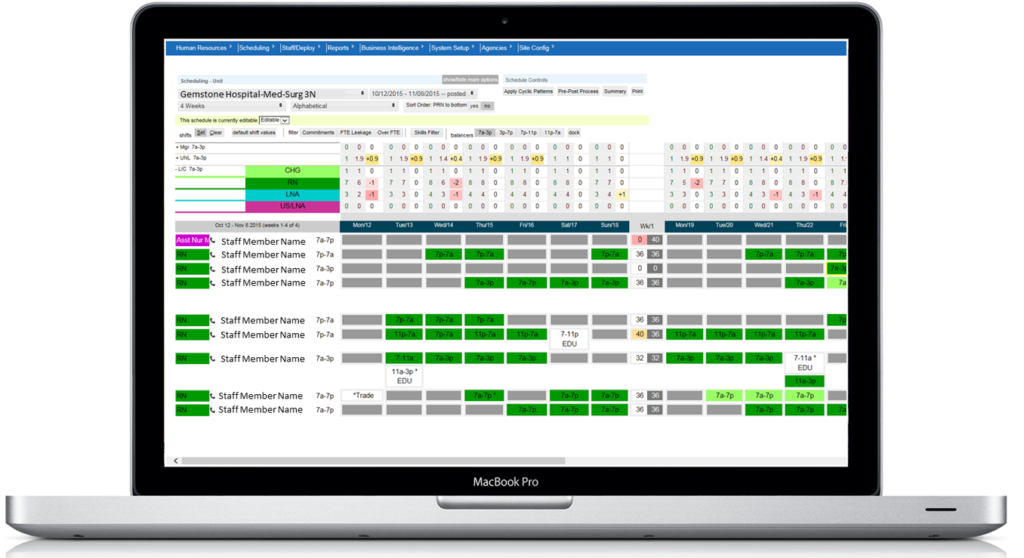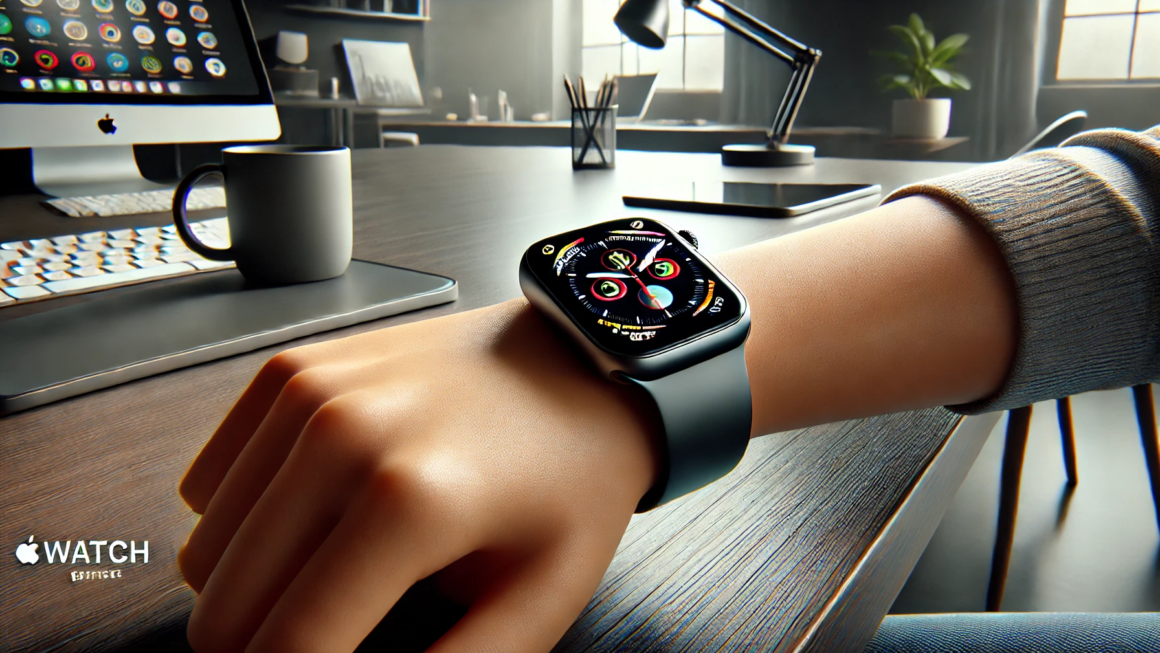In today’s fast-paced healthcare industry, managing schedules efficiently is essential. Smart Square has emerged as a powerful tool to address this need. Whether you’re part of a hospital administration or managing a team of healthcare professionals, This tool is transforming the way organizations handle workforce scheduling. This comprehensive article will explore Smart Square, its benefits, and its impact on healthcare institutions, Cover with FAQs.
What Is Smart Square?
It is a software solution designed to streamline employee scheduling, particularly in the healthcare sector. It allows managers and supervisors to create, manage, and monitor schedules with greater ease and flexibility. The system uses advanced algorithms to allocate shifts and staff resources, reducing human errors that often occur with manual scheduling processes.
For healthcare organizations, It is a game-changer. This solution enhances staff satisfaction and improves patient care by ensuring that the right number of healthcare professionals is available at all times.
How Smart Square Benefits Healthcare Institutions
It provides many benefits to healthcare facilities. Let’s look at how this innovative system can improve operations and employee management.
1. Efficient Scheduling Process
One of the most significant advantages of this tool is its ability to simplify the scheduling process. Managers can quickly create and modify employee schedules in real-time. Since this tool is cloud-based, it can be accessed from anywhere, ensuring that everyone stays informed.
2. Reducing Scheduling Conflicts
Manual scheduling often leads to conflicts like overlapping shifts or understaffing. It reduces these issues by providing accurate, data-driven scheduling solutions. It takes into account staff availability, qualifications, and facility needs, ensuring the right personnel are always available.
3. Increased Employee Satisfaction
By offering transparency in scheduling, It helps employees feel more in control of their work-life balance. Staff can request time off, view their schedules, and even swap shifts, reducing burnout and enhancing job satisfaction.
4. Improved Resource Management
It allows organizations to manage their resources more efficiently. By accurately predicting staffing needs based on patient volume, It helps hospitals avoid overstaffing or understaffing. This leads to better cost management and improved patient care.
5. Real-Time Updates
It provides real-time updates, making it easy for managers and staff to stay informed. Whether it’s a shift change or an emergency staffing requirement, the system notifies the relevant parties immediately, reducing communication gaps.
6. Compliance with Labor Laws
In healthcare, ensuring compliance with labor laws is crucial. It automatically tracks working hours, overtime, and breaks, ensuring that organizations adhere to legal requirements. This reduces the risk of costly penalties and enhances operational efficiency.
Smart Square’s Role in Patient Care
In healthcare, staff availability directly impacts patient care. If there are too few nurses or doctors available, patient wait times increase, and the quality of care diminishes. It ensures that facilities are adequately staffed based on the current patient volume. By doing so, it supports the delivery of high-quality patient care.
1. Ensuring Adequate Staffing
Smart Square’s real-time analytics help managers adjust staffing levels to meet patient demand. This reduces the risk of overburdened staff, which could compromise patient care. With Smart Square, hospitals can ensure that they have enough staff to meet patient needs while avoiding unnecessary labor costs.
2. Managing Shift Fatigue
Overworked healthcare staff can lead to mistakes in patient care. It monitors employee working hours and ensures compliance with rest periods. By balancing workloads, it helps prevent shift fatigue and burnout, contributing to safer and more effective care.
3. Better Allocation of Resources
It optimizes the allocation of staff resources, especially during peak times. Whether it’s during flu season or a sudden influx of patients, the system adjusts schedules accordingly. This leads to better patient outcomes, as there’s always adequate staff on hand.
Smart Square Integration with Other Systems

One of the strengths of this tool is its ability to integrate with existing systems in a healthcare facility. Whether it’s payroll systems, time-tracking software, or patient management systems, It ensures seamless integration.
1. Payroll Integration
It integrates with payroll systems, ensuring that employees are paid accurately based on their working hours. It also tracks overtime, helping healthcare organizations manage labor costs more effectively.
2. Time Tracking
Time-tracking systems integrated with this tool allow managers to monitor employee attendance and punctuality. This integration simplifies the payroll process and ensures that staff are compensated accurately for their time.
3. Patient Management Systems
It can also integrate with patient management systems, allowing healthcare facilities to adjust staffing based on patient data. This ensures the right number of staff are available at all times, improving both staff efficiency and patient care.
The Future of Workforce Management with Smart Square
As technology evolves, so will the capabilities of this tool. The future holds immense potential for improving workforce management in healthcare. Innovations like artificial intelligence (AI) and machine learning (ML) could further enhance Smart Square’s scheduling algorithms, making them even more accurate and efficient.
1. AI and Machine Learning Integration
AI and ML could help it predict staffing needs more accurately by analyzing historical data, current patient volume, and other relevant factors. This could lead to more precise scheduling, reducing unnecessary labor costs and improving staff satisfaction.
2. Expansion to Other Industries
While it is currently focused on healthcare, its potential extends beyond this industry. The same scheduling and workforce management features could be applied to other industries, such as retail, hospitality, and manufacturing.
Challenges and Solutions
Though it offers numerous benefits, there can be challenges when implementing the system. Organizations may face resistance from staff, particularly if they’re accustomed to traditional scheduling methods. Additionally, the cost of implementing a new system might be a concern for some institutions.
1. Training and Onboarding
One way to overcome resistance is by providing thorough training for staff. Demonstrating how it can improve their work-life balance and reduce stress may help increase adoption rates.
2. Cost vs. Benefits
While the initial cost of implementing this tool may seem high, the long-term benefits are significant. The reduction in scheduling conflicts, improved patient care, and increased employee satisfaction make it a worthwhile investment.
Frequently Asked Questions (FAQs)
1. What is Smart Square?
Smart Square is a workforce management tool designed to streamline scheduling and improve staff resource allocation, particularly in healthcare.
2. How does its improve scheduling?
Its uses data-driven algorithms to assign shifts, reducing errors and scheduling conflicts, and improving overall efficiency.
3. Can this tool integrate with other systems?
Yes, This tool integrates with payroll, time tracking, and patient management systems to streamline operations and ensure accurate staffing.
4. Is this tool suitable for industries other than healthcare?
While currently focused on healthcare, Its features can be adapted to other industries such as retail, hospitality, and manufacturing.
5. How does this tool enhance patient care?
By ensuring that healthcare facilities are adequately staffed, It helps improve patient care and reduce wait times.
6. What are the cost benefits of using SmartSquare?
SmartSquare reduces labor costs by optimizing staffing levels, preventing overstaffing, and ensuring compliance with labor laws.
7. Does this tool support compliance with labor laws?
Yes, This tool tracks working hours and ensures compliance with labor laws, reducing the risk of penalties.
8. How does it handle real-time scheduling changes?
It provides real-time updates, allowing managers and staff to stay informed about any scheduling changes or staffing needs.
Conclusion
Smart Square is revolutionizing workforce management, particularly in healthcare. Its ability to streamline scheduling, reduce conflicts, and improve patient care makes it a valuable tool for organizations of all sizes. As technology continues to evolve, Smart Square will likely play an even more significant role in optimizing workforce management, enhancing both employee satisfaction and operational efficiency.












